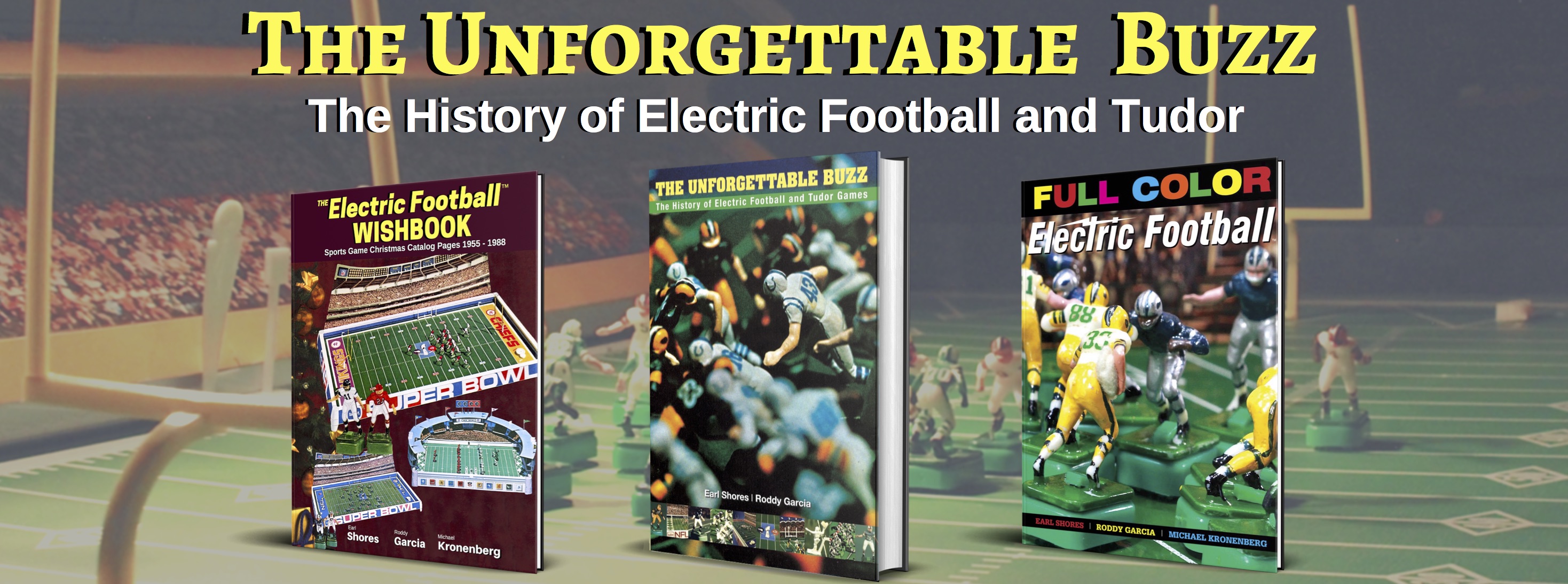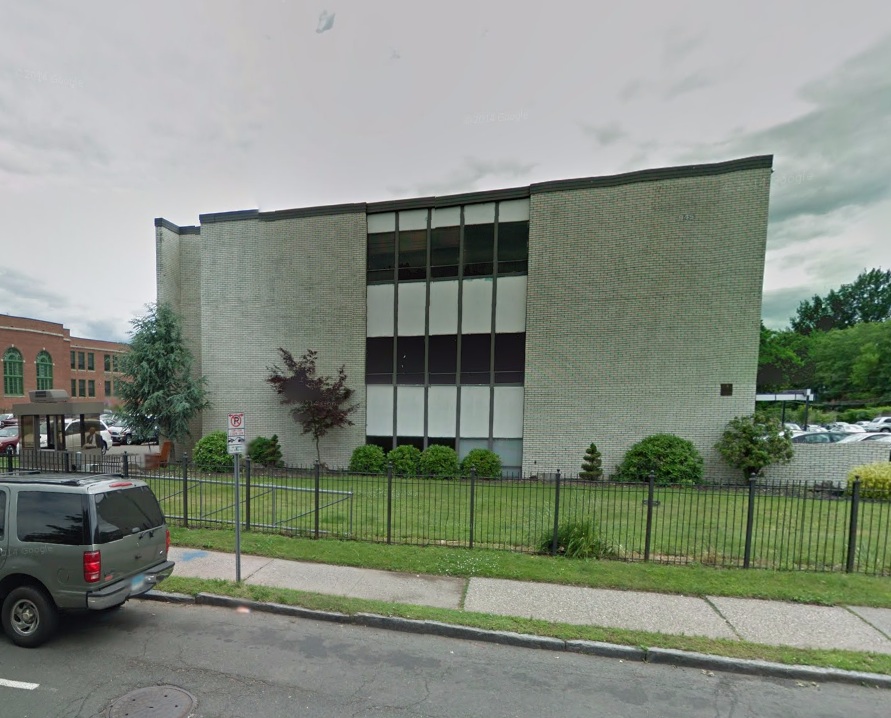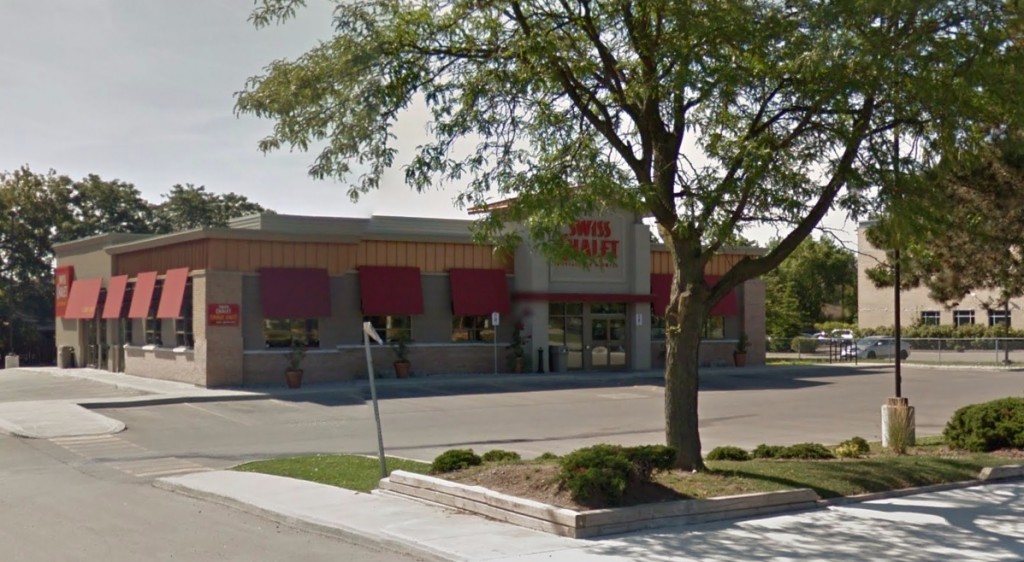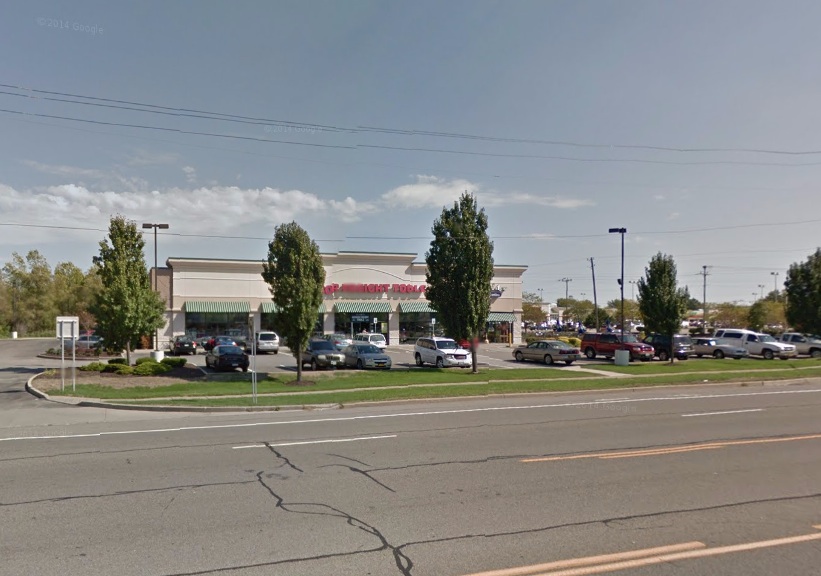
The former Coleco factory in Montreal. Most of the companies’ Electric Football parts were made here.
Electric Football history in the “here and now” was our blog topic last week, and we continue today with the Electric Football makers that were headquartered outside of New York City. And what’s unique about toy makers Coleco and Munro Games is that they had manufacturing sites in both the U.S. and Canada.
Coleco came into Electric Football in 1970 with a corporate address in Hartford, CT (945 Asylum Avenue). But most of the manufacturing of Coleco’s Electric Football games and parts took place in Montreal at 4000 St. Ambroise Street. It was there in a former textile mill that Coleco used Eagle Toys table hockey design expertise to bring its “World of Sports” to life in 1970. This stunning building along the St. Lawrence River still stands today as an upscale commercial real estate development called the Chateau St-Ambroise.
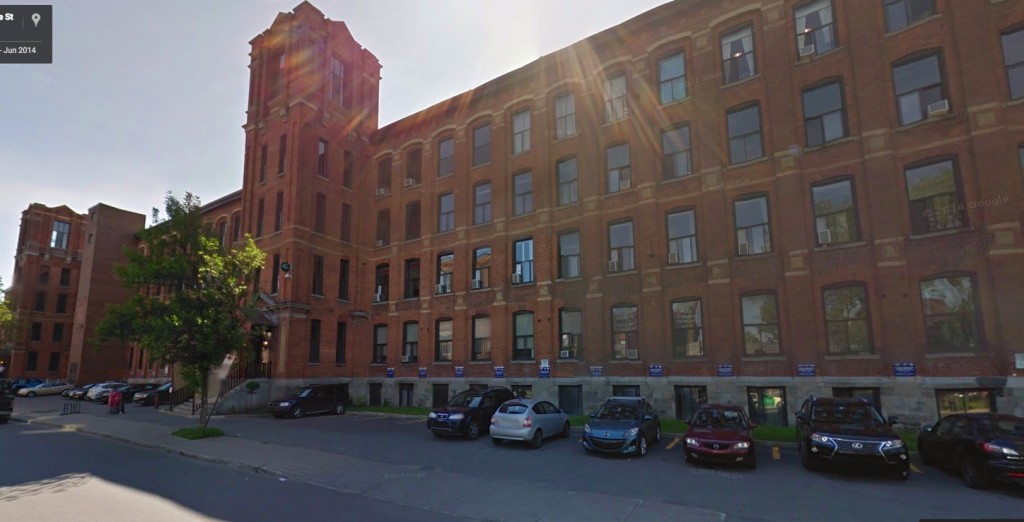
The front of the impressive Chateau St-Ambroise building in Montreal. Coleco once had 800 employees working here.
Canadian table hockey giant Munro Games, who actually spent a short spell making Electric Football from 1960-61, had manufacturing capabilities on both sides of the border when they reentered the Electric Football market in 1971. Their original Canadian factory was at 2442 Fairview Avenue in Burlington, Ontario. This address, once the home to the inventor of table hockey, is now the site of a Swiss Chalet restaurant.
In the U.S., Munro Games was partnered with Servotronics, Inc., a company that was headquartered in Buffalo, NY at 3901 Union Avenue (technically Cheektowaga, NY). This was the address that you ordered Munro Electric Football teams and parts from. Today it’s a strip mall with a Harbor Freight Tool store and a Mexican restaurant.
The actual Munro factory that produced the famous Day/Nite Football game was on New York Route 98 in nearby Arcade, NY. This nondescript building still stands, it’s impact on Electric Football and the toy world a nearly vanished distant memory.
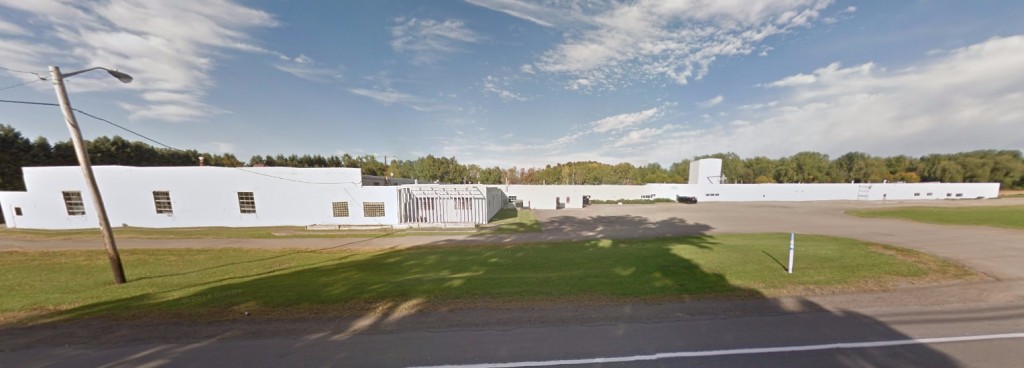
The former Munro Games factory in Arcade, NY. The Munro Day/Nite Electric Football game was made at this site.
The legacy of all of the sites we’ve talked about over the last two weeks, and the people who once worked there, should not be underestimated. These factories were all major employers where people could make a living working in toys. When these companies shut their doors — Munro being the earliest in the mid-1970’s, Tudor and Coleco being the last in the late 1980’s — they left a major economic hole in their communities. And in terms of manufacturing none of these buildings have equaled the economic output they had during the glory years of Electric Football. It was a unique time — one we’ll not see again.
It’s a time that’s really even hard to imagine now. Electric Football was once so popular that four different toymakers were trying to outdo each other in a “features” race that brought us giant grandstands, painted NFL players, Command Control, TTC bases, and even lights. What a time it was…
Earl & Roddy
